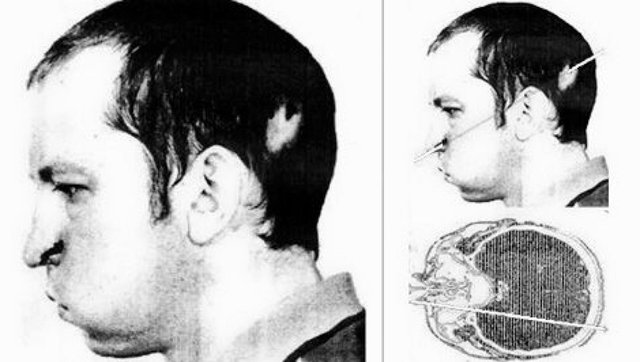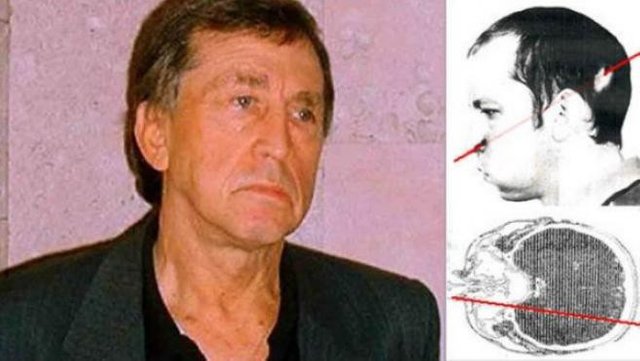This is what happens when you put your head in a particle accelerator

On July 13, 1978, at the Synchrotron U-70 particle accelerator near Moscow, Russian scientist Anatoli Bugorski was doing a routine checkup.
Something wasn't quite right so he did a visual check by sticking his head inside the accelerator tunnel. Turns out, contrary to what he thought, the particle accelerator was on. Immediately a proton beam passed through his skull. What's happened after it?
All start with a Particle accelerator…

Particle accelerators are used to propel charged particles at high speed (almost the speed of light) in order to separate them and see their reaction. Invented in the 1930s, they are used to study particle physics and have led to major discoveries of new particles such as the Higgs boson, of which a Spanish physicist told us what it is like to experience the discovery from the inside.
But leaving aside the scientific advances that have made particle accelerators possible, what happens if you stick your head in one? Or rather, why stick it in one? Of all the places to stick your head in, I can think of a few worse than a particle accelerator.
I mean, I can't imagine what advantages there are to exposing your skull to elements that travel at hundreds of thousands of miles per hour. Some people even think they could destroy the Earth, so they stick their heads in.
A painless flash "brighter than a thousand suns"

Anatoli Bugroski, as expected, didn't do it on purpose. The researcher of the Synchrotron U-70 suffered the accident because the safety light had not been switched on to warn that the accelerator was in operation. Believing that there were no protons circulating at nearly the speed of light, he decided to inspect it from the inside to find the defect.
As soon as his head entered the accelerator… bam! The protons went through his skull at the back of his head, then through his brain and finally out of his face near his nose.
One would expect such an impact (on the brain) to kill a person directly, but no.
One must bear in mind that these are particles, an item so small that it does not directly and visibly destroy what it passes through. It does destroy over time, in the end, it is exposure to radiation. At high radiation, the unit of measurement to control the amount of radiation absorbed by an object is the Gray (Gy), it is estimated that absorbing more than 5 Gy is synonymous with death in less than two weeks, the proton beam that hit Anatoli measured 2,000 Gy when it entered his skull and 3,000 when it left.
He was aware that a proton beam had just passed through his head, but decided not to tell anyone. He finished his workday that day and then waited for the symptoms to start appearing over the next few days. They appeared, and that same night the left side of his face swelled considerably, so he finally went to the doctors.
He survived (but…)

Betting on his death in a matter of days, Anatoly Bugorski was taken to a Moscow clinic to wait for the radiation to kill him. The scientist inexplicably survived. He later explained that what he saw was a flash "brighter than a thousand suns", but insists that he did not suffer any pain. In the days following the accident, the spots where the lightning entered and where it left began to show flaking of the skin.
Over time the scientist also lost the hearing in his left ear and experienced constant periods of tinnitus. Gradually, the left side of his face also became paralyzed and he began to have frequent episodes of seizures. However, he managed to continue with normal life after finishing his doctorate and became the coordinator of physics experiments.
Because of the Soviet Union's policy of keeping nuclear energy issues secret, Bugorski did not talk about the accident for more than a decade. It was only after the Chernobyl disaster that his story came out. In 1996 he applied for disability status, which was denied. Anatoli Bugorski, 78, is still alive.